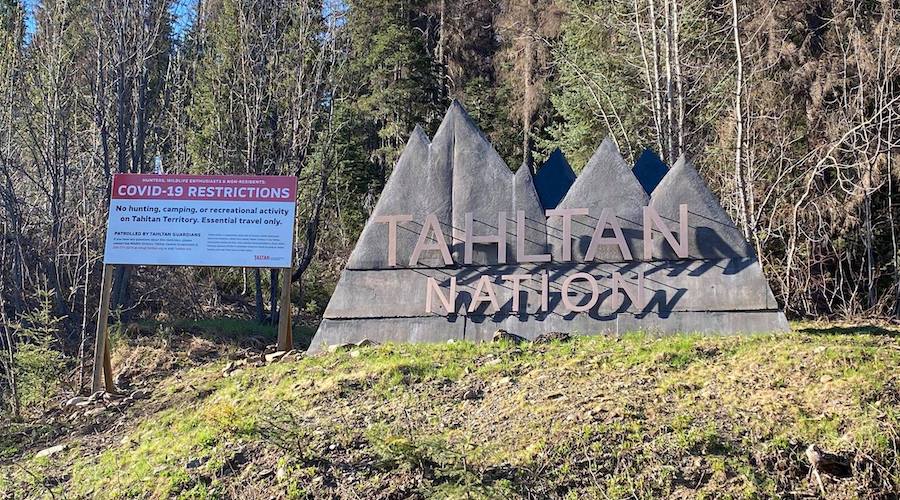
Nor does it include the surrendering of title to certain claimed territory that a treaty typically requires, in exchange for defined title to specific lands. The agreement is the foundation of what is expected to evolve into a full reconciliation agreement.
“This will form a collaborative working government to government relations ship between the two parties,” said Marie Quock, chief of the Iskut band council. “This is a landmark agreement for our nation. This gives our people more say in the processes that happen.”
The agreement will likely see new restrictions on jade and placer mining in Tahltan territory. Though the Tahltan generally supports mining, and have agreements with a number of mining companies, it has recently opposed a number of small jade and placer mining operations.
The agreement includes $20 million in implementation funding from the province and a framework for co-development of land use planning that recognizes Tahltan rights and title. The agreement includes a land use plan, with first plan to be completed by 2023.
“I’m very confident that we’ll get through these issues, and I’ve had constant contact with…the ministry of Mines and Energy to make sure that we can address these jade and placer issues in a timely fashion”
Chad Norman Day, president of the Tahltan Central Government
“I’m extremely excited that we’re working with a government that recognizes that indigenous people across this province, and across this country, don’t just deserve equality as individuals, but there’s more and more of a recognition that we also deserve equality as nations,” said Chad Norman Day, president of the Tahltan Central Government.
“We’re getting closer and closer to a true nation-to-nation relationship, which is ultimately going to make sure that Tahltan territory has more certainty and more prosperity for all stakeholders.”
Murray Rankin, minister of Indigenous Relations and Reconciliation,noted that some First Nations are not interested in negotiating treaties. Reconciliation agreements like the one signed with the Tahltan, provide for some elements of a treaty, like governance and jurisdiction over lands and resources, but without the formal treaty process, which also involves the federal government.
“We are hoping to work with nations on the terms that they wish in order to proceed,” Rankin said. “And this is a great example, a stepping stone, which I would hope would culminate in an even more comprehensive reconciliation agreement.”
“After a while, in a comprehensive reconciliation agreement, some nations have indicated that that would be a stepping stone to treaty. Others don’t wish to be part of the BC Treaty Commission process.”
The agreement will have implications for placer and jade mining. In recernt months, the Tahltan have asked the provincial government not to issue permits to Doubleview Gold Corp. (TSXV:DBG, OTC PINK: DBLVF) for its Hat project, have asked for jade miners to stop operating in their territory, and also have concerns about placer mining.
The B.C. government is looking to implement a two-year moratorium on jade and placer mining, not only in Tahltan territory in northeastern B.C., but other parts of the province as well.
These smaller operations are not as well-regulated as larger scale mining and exploration, and in some cases the operators have been disturbing areas the Tahltan consider culturally significant.
Day gave assurances that the Tahltan are not opposed to mining and exploration, but that it needs to be done in a way that follows Tahltan protocols for resource extraction.
“We’re not opposed to those kinds of industries continuing,” he said. “It just needs to be done in the right way.
“I’m very confident that we’ll get through these issues, and I’ve had constant contact with various ministers and others from the ministry of Mines and Energy to make sure that we can address these jade and placer issues in a timely fashion.”
(This article first appeared in Business in Vancouver)




